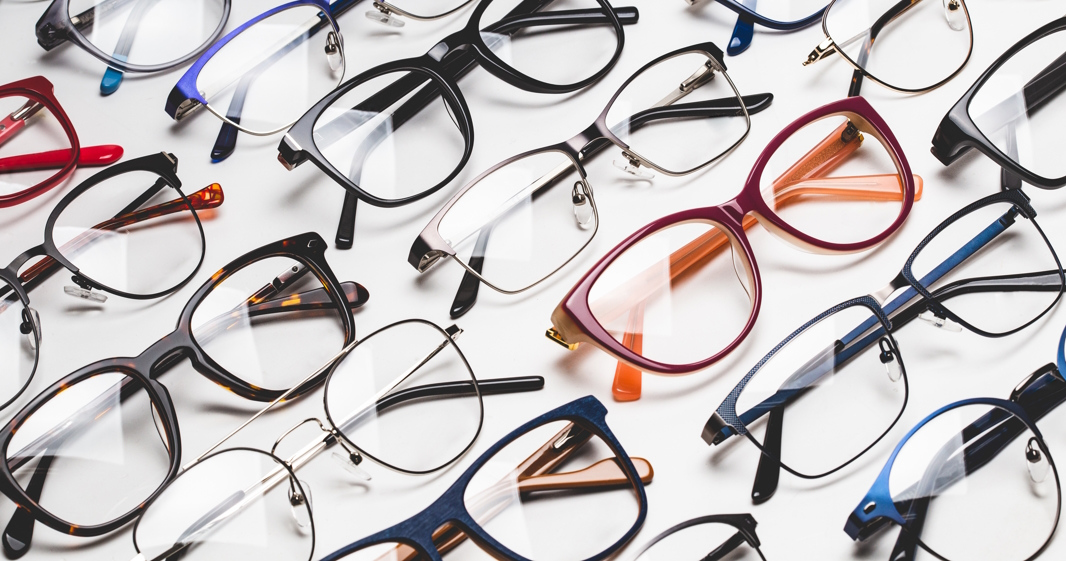The Right Vision Care Benefits Can Help You Save on Multifocal Lens Expenses
As we age, the focusing ability of our eyes weakens. It becomes more of a challenge to look at objects at a distance and refocus on something up close, which signifies the development of presbyopia.
This condition is heightened in many people’s early to mid-40s, and your doctor may recommend multifocal lenses, which allow you to easily see at different distances without needing to switch prescriptions. Multifocal lenses can also be used in young adults and children to reduce eye strain while performing a nearsighted task, like reading.
With this in mind, it’s essential to have the right vision care benefits in place. A vision plan can help identify early signs of presbyopia and reduce the high out-of-pocket costs associated with prescription eyewear.
A Closer Look at Presbyopia
Presbyopia is a normal part of getting older. The lens of your eye grows harder and less flexible with age, causing it to stop correctly focusing light on the retina. As a result, objects that are close to us appear more blurry.
Some indicators of presbyopia include:
- Difficulty looking at things up close
- Having to hold reading materials farther away to focus
- Eye soreness and tiredness from straining
- Headaches when focusing on nearby objects for an extended period of time
While there’s no way to prevent presbyopia, multifocal lenses can boost your visual acuity and make your day-to-day life whole lot easier and more enjoyable.
To learn more about how presbyopia is affecting your eyes, visit a doctor that accepts your vision care benefits.
How Multifocal Lenses Work
There are three types of multifocal lenses: bifocal, trifocal, and progressive. Talking to a provider through your vision plan will give you a better idea of how each of these can benefit you. But let’s start by breaking down their differences and how they work.
- Bifocals: As their name implies, bifocals use two lens powers that allow wearers to see both close up and far away with one prescription. The bottom part of the lens includes a lens segment for near-vision correction and can take the shape of a half-moon, circle, rectangle, or the complete lower half of the lens, depending on your needs.
The rest of the lens is dedicated to assisting with distance vision. Our gaze naturally shifts down as we focus on objects in close proximity while we look straight ahead or up to see something at a distance.
- Trifocals: Trifocals are similar to bifocals in that they incorporate multiple lens powers. The “tri” in trifocals refers to the fact that the lens is split into three sections, with the bottom intended for near vision, the middle for intermediate, and the top for distance.
The incorporation of the intermediate segment helps wearers see more clearly at an arm’s length distance. Because bifocals don’t have this additional viewing area, it can be more difficult to look at a computer screen or your car’s dashboard controls while wearing them.
- Progressive Lenses: Some individuals may find the visible lines segmenting bifocal and trifocal lenses distracting. Progressive lenses were designed as a solution, providing a smooth transition between distances.
Like trifocals, progressive lenses have areas for near, intermediate, and far vision in the lower, middle, and upper portions of the lens. The difference is that they gradually change power from the bottom to the top and offer correction for all the in-between zones of your vision.
Progressive lenses are a more natural form of correction and have a stronger cosmetic appeal thanks to no harsh lines. They appear just like single-vision lenses from an outsider’s perspective.
Keep in mind that all multifocal lenses have some sort of adjustment period. Most people start to get used to them after a week or two, but because everyone’s eyes are different, it varies from person to person.
Which Lenses Are Right for Me? And How Can My Vision Care Benefits Help?
Ultimately, you and your doctor know your eyes best, and together, you can determine the right multifocal lens solution. An eye care benefits plan will cover a comprehensive eye exam, where an optometrist will assess your visual needs and can make recommendations for improvement.
Should you need a new prescription, it’s a good idea to have a frame allowance, which helps you pay for new eyewear. Not all vision insurance plans offer this, so it’s important to look for a plan that’s easy-to-understand and you’re sure has you fully covered. If you go over the frame allowance, you’ll only pay the difference.
These days, eyeglasses come in a variety of shapes, sizes, and materials, so you don’t have to sacrifice on style. Whether you’re a bifocal, trifocal, or progressive wearer, you can pick out the frames you love while still getting the lenses you need.
Want to see what multifocal lenses can do for you? Find an eye care benefits plan that makes you and your vision a priority, and then book an appointment with an in-network provider.
